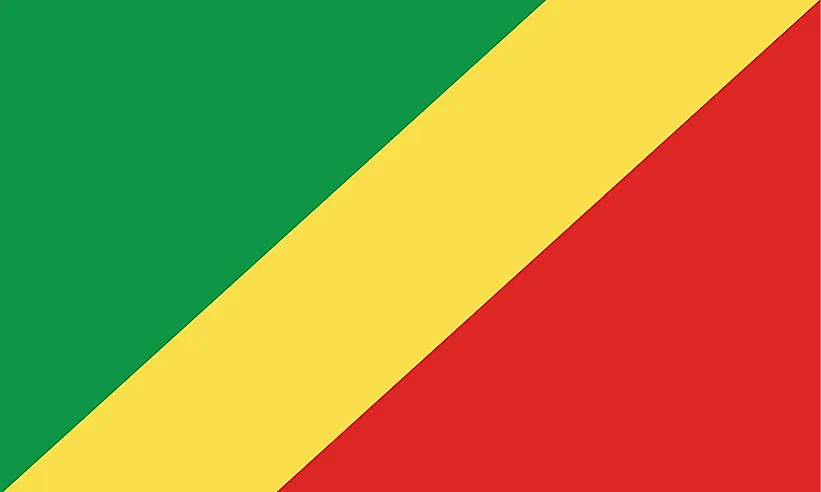
Republic Of The Congo
| Continent | Africa |
| Capital | Brazzaville |
| Population | 4,852,412 |
| GDP | $30.27 Billion |
| GDP per Capita | nan |
| Dialing Code | +242 |
| ISO Code (2-letter) | CG |
| ISO Code (3-letter) | COG |
Republic Of The Congo Landscapes






About Republic Of The Congo
Welcome to the Republic of the Congo, often called Congo-Brazzaville to distinguish it from its larger neighbor, the Democratic Republic of the Congo. With approximately 5.5 million people occupying 342,000 square kilometers, this Central African nation combines vast rainforests with vibrant urban culture. Located astride the Equator, the country features remarkable biodiversity and rich cultural traditions while playing a significant role in Central African affairs.
Geographic Features and Natural Beauty
The Republic of the Congo’s geography is dominated by the Congo Basin, home to the world’s second-largest rainforest. The country features diverse landscapes, from dense tropical forests to savannas, with the mighty Congo River forming its eastern border.
The Odzala-Kokoua National Park, one of Africa’s oldest national parks, showcases the country’s extraordinary wildlife, including western lowland gorillas, forest elephants, and numerous primate species. The Nouabalé-Ndoki National Park represents one of Africa’s most pristine forest ecosystems.
The coastal region features beautiful beaches and mangrove swamps, while the Mayombe Mountains in the southwest create dramatic landscapes. The country’s numerous rivers, including the Congo and its tributaries, play crucial roles in transportation and ecosystems.
Cultural Heritage and Traditions
Congolese culture reflects the diversity of its ethnic groups, including the Kongo, Teke, and M’Bochi peoples. Traditional music and dance remain important cultural expressions, with the country contributing significantly to modern African music through styles like rumba and soukous.
Traditional arts include wooden sculptures, masks, and pottery, with the Poto-Poto School of Painting in Brazzaville gaining international recognition for its distinctive style. The country’s oral traditions and storytelling continue to play important roles in preserving cultural heritage.
Congolese cuisine features cassava, plantains, and various fish and meat dishes, reflecting both forest and river resources. Traditional healing practices and spiritual beliefs continue alongside modern medicine and religions.
Historical Journey
The Republic of the Congo’s history spans from ancient kingdoms, notably the Kingdom of Kongo, through French colonization to independence. The area was part of French Equatorial Africa until independence in 1960.
The post-independence period saw various political changes, including experimentation with different economic systems. Recent decades have focused on stability and development, though challenges remain.
Modern Economic Landscape
Today’s Republic of the Congo has an economy primarily based on oil production, timber, and services. The country is a significant oil producer in sub-Saharan Africa, with petroleum exports driving much of its economic growth.
The forestry sector represents another important economic pillar, though efforts are being made to ensure sustainable management. Agriculture, though employing many people, remains largely subsistence-based with potential for development.
International Relations and Global Position
The Republic of the Congo maintains active participation in regional organizations and plays an important role in Central African affairs. The country is a member of various international bodies and has been working to strengthen regional integration.
Did You Know?
• The Republic of the Congo contains part of the world’s second-largest rainforest, after the Amazon?
• Brazzaville and Kinshasa are the world’s closest capital cities, separated only by the Congo River?
• The country is home to some of Africa’s largest populations of western lowland gorillas?
• The Poto-Poto School of Painting has influenced modern African art movements?
Conclusion
The Republic of the Congo represents a nation of significant natural wealth and cultural diversity working toward sustainable development. From its vast rainforests to its urban centers, from its traditional arts to its modern oil industry, the country continues to evolve while preserving its natural and cultural heritage. As it faces challenges including economic diversification and environmental protection, the Republic of the Congo remains committed to developing its potential while maintaining its role as a key player in Central Africa.